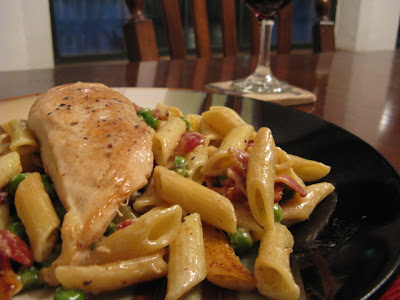I am often asked what we do in England at Thanksgiving. My answer is always the same – nothing, because we have bugger all to be thankful for in England. Only joking folks. :-) Personally, I think I won the lottery of life being born British. But, Thanksgiving is all about Pilgrims in a new land, many of whom were escaping what they perceived as religious persecution/intolerance in Britain, and the festival, therefore, has no place in British culture.
Anyway, I have a few reasons to be thankful right now. My right arm is finally mending. Most of the bite marks healed up after about a week, but there was one that just would not heal. It was so bad that I feared Alvin had done lasting damage. Yet, after a month of ministrations from nurse Mick, I now have full use of my arm again. Also, the insurance company are going to cough up the money to repair our car. Hooray!
I also have lots of other reasons to be thankful. I have a wonderful hubby, three fine boys (my cats), a great family, and many good friends. And last, but most definitely not least, thanks to you folks who take the time and trouble to come and read my blog, I appreciate it more than you will ever know.
It being Thanksgiving, I actually donned my baker’s hat. I know!!!!! Stands back in amazement, Jan has actually baked a cake. These cranberry walnut bars are a firm favorite in our house, and get wheeled out every Thanksgiving and Christmas. Our neighbors get these every year for their Christmas box. One year I tried giving them something different, and they all wanted to know what happened to the cranberry and walnut bars. Oh hum!
The original recipe came from a lady I knew in California. On this occasion, I made two cakes and Mick took one to work. His co-workers loved them, and he said he could get me a few commissions if I was interested. I don’t think so. After all, I am the reluctant
cook. ;-)
On a little side note. I know a few of you have expressed an interest in the Zen Spoonmaster’s cooking utensils, but it seems they have now disappeared from their web site. When I checked it out, I noticed that they have updated the site, and I have e-mailed Jan Meng to find out what’s happened to the spoons. I’m sure it’s just a temporary glitch, and I’ll get back to you about it as soon as I hear.
Meanwhile, on with the show.
Cranberry and Walnut Bars


Ingredients:
2 eggs
1 cup sugar
1 cup all-purpose flour
1/3 cup butter, melted
1¼ cups fresh cranberries
½ cup chopped walnuts
Directions:
- Pre-heat oven to 350°F.
- Grease an 8-inch square baking pan with a little butter.
- In a large mixing bowl, beat eggs until thickened.
- Gradually add sugar, beating until blended.
- Stir in flour and melted butter.
- Add cranberries and walnuts, mixing gently until combined.
- Spread evenly in pan, and bake for 40-45 minutes, until golden brown and a toothpick inserted in the center comes out clean.
- Cool and cut into bars.





 I'm sorry it's taken so long for me to acknowledge it, I'll be passing it along next time. Thank you Nicole.
I'm sorry it's taken so long for me to acknowledge it, I'll be passing it along next time. Thank you Nicole.









